Ongoing scientific projects
AI4Cardiology
AI4Cardiology is a collaborative data science effort to explore the potential of machine learning in the field of cardiology. By delving deep into complex, real-world cardiac datasets, we aim to uncover valuable insights and positively impact clinical decision-making.
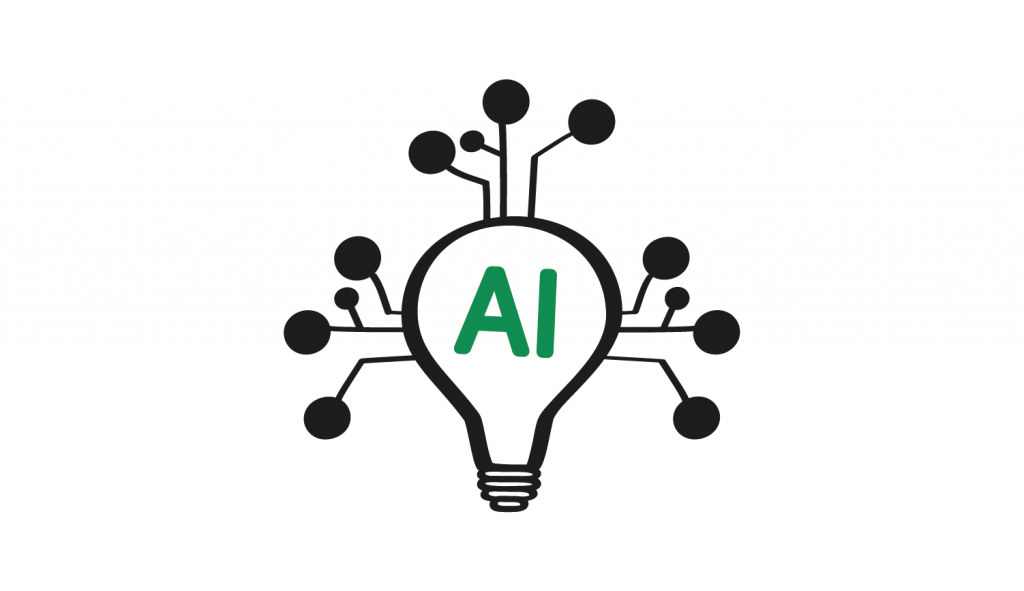
AI4Hf
The AI4Hf project focusses on co-design, development, evaluation and exploitation of integrative and thrustworthy artificial intelligence solutions for personalized heart failure risk-assessment.

KIK Staff: Giovanni Cinà, Machteld Boonstra
C4C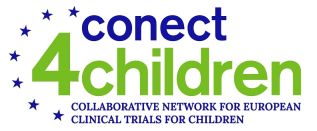
c4c (conect4children) is a European network that facilitate the development of new drugs and other therapies for the entire paediatric population. It is a pioneering opportunity to build capacity for the implementation of multinational paediatric clinical trials whilst ensuring the needs of babies, children, young people and their families are met.
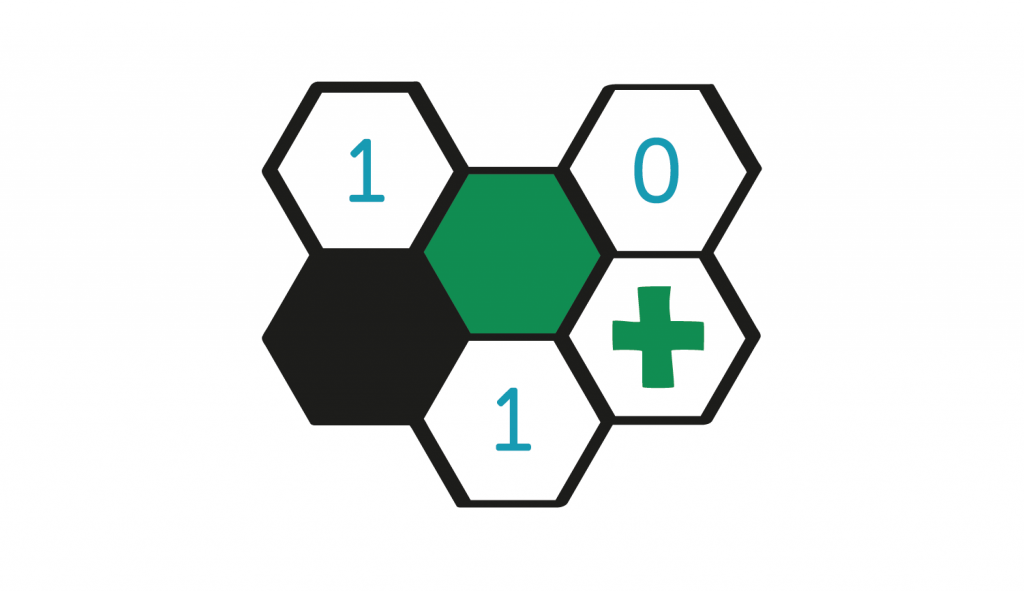
CaRe-NLP
Unstructured data is guesstimated to account for 80% of all patient data but currently severely underused because it is noisy, hard to interpret, and privacy-sensitive. In the CaRe-NLP project, we develop human-centric responsible Natural Language Processing and Machine Learning methods that will allow to safely tap this unstructured data’s potential.

KIK Staff: Nishant Mishra, Heloisa Oss Boll, Xinlan Yan, Iacer Coimbra Alves Cavalcanti Calixto, Ameen Abu-Hanna
DailyMeds
Medication Recommender Systems are novel systems that can assist physicians with the selection of appropriate medications and with flagging inappropriate medications by uncovering patterns and exploiting similarity among patients’ and medications’ data. We investigate its potential for the ICU setting.

KIK Staff: Chao Zhao, Iacopo Vagliano, Ameen Abu Hanna, Joanna Klopotowska
Data-driven medication safety in the ICU
This project focuses on improving medication safety for patients in the Intensive Care Unit. We aim to reduce high-risk medication interactions and medication-related kidney complications by establishing a strong IT-foundation for a learning medication safety system.
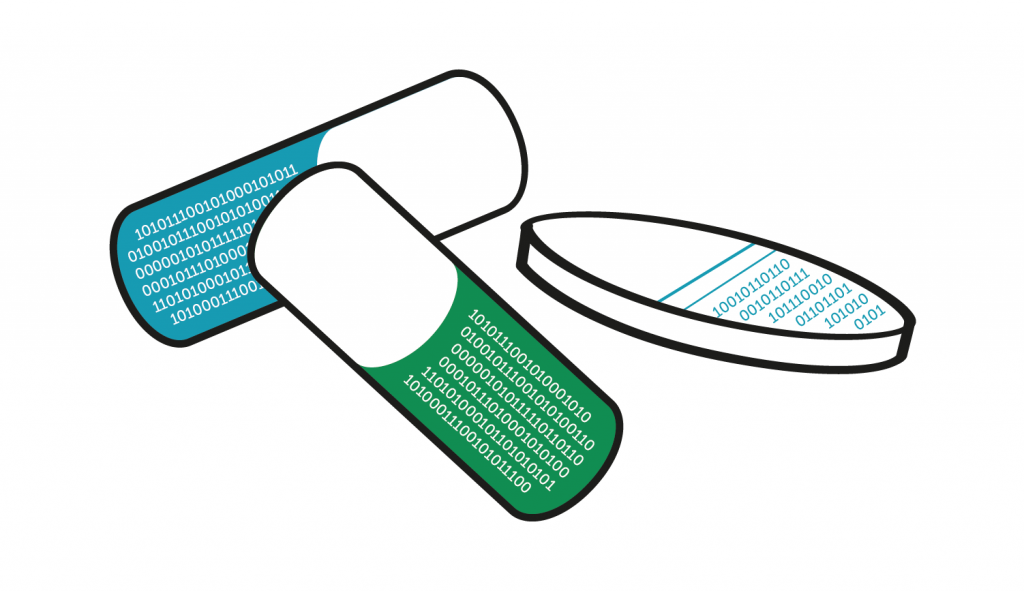
KIK staff: Joanna Klopotowska, Anne Langermans, Arthur Wasylewicz, Charlotte Mittendorf
Datatools4heart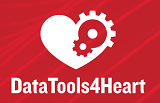
The datatools4heart project works on a comprehensive, federated, privacy-preserved cardiology data toolbox. This toolbox includes standardized data ingestion and harmonization tools, multilingual natural language processing and federated machine learning and data synthesis methods.

KIK Staff: Noman Dormosh, Iacer Coimbra Alves Cavalcanti Calixto, Ameen Abu-Hanna, Machteld Boonstra
EQUAL
The EQUAL study, part of the ERA-EDTA registry, is an European prospective cohort study in elderly patients in chronic kidney disease stage 4. EQUAL aims to study how the level of renal function, and uraemic signs and symptoms can be used to determine when dialysis should be initiated in elderly patients.
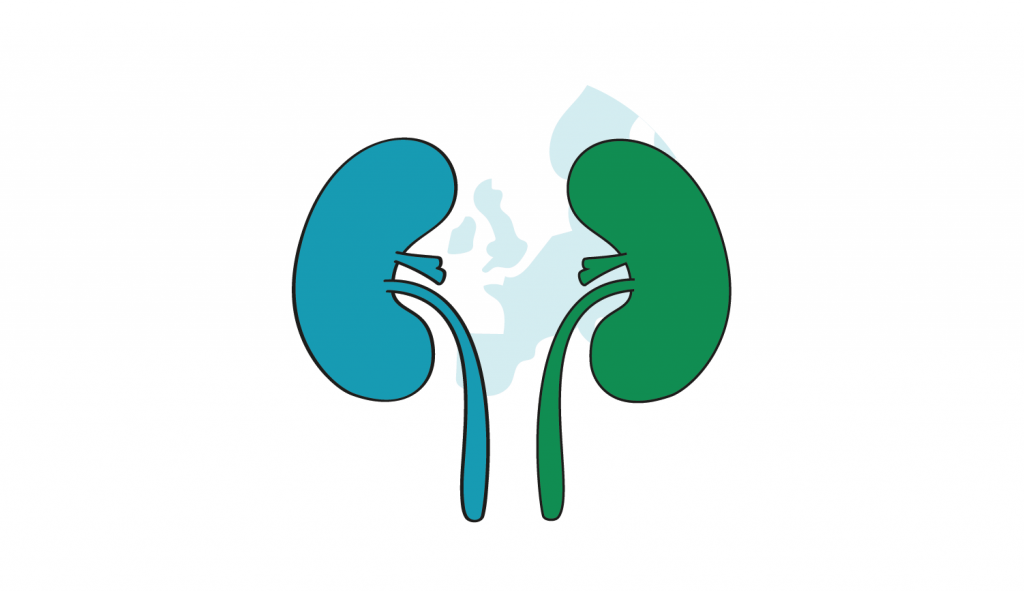
KIK Staff: Nick Chesnaye, Megan Astley, Kitty Jager
ERDERA
The majority of rare and ultra rare diseases still lack a therapeutic option. ERDERA will continue the development of a robust and comprehensive data and expertise infrastructure and innovative clinical research services, funding new research projects, providing training and expediting translation of findings into solutions for patients.

KIK Staff: Nirupama Benis, Ronald Cornet, Andra Waagmeester, Noah van Brummelen
ExplaiNLP
Model explainability and transparency are requirements in healthcare applications. We would like to build models that are inherently explainable and transparent. In this project, we propose not only post-hoc explainability methods for Natural Language Processing (NLP), but also NLP methods that are explainable by design.

KIK Staff: Nishant Mishra, Iacer Coimbra Alves Cavalcanti Calixto, Ameen Abu-Hanna
HemaFAIR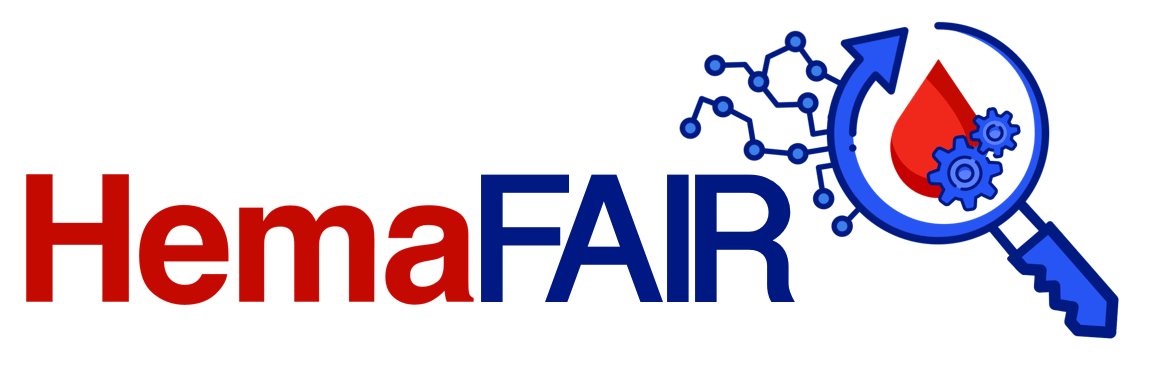
The HemaFAIR project aims to enhance the scientific profile of The Cyprus Institute of Neurology and Genetics and improve the position of Cypriot researchers in biomedical informatics and rare hematological diseases with a focus on the use of FAIR data and standards, including a comprehensive training programme.

KIK Staff: Ronald Cornet, Martijn Kersloot
LEAPfROG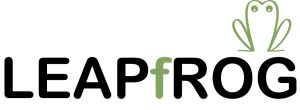
LEAPfROG aims to create a medication safety learning system using machine learning tools. The value of the system will be demonstrated via drug-induced kidney diseases (DIKD) in patients with chronic kidney disease. By providing insights on DIKD in these patients, LEAPfROG will contribute to a safer and more effective pharmacotherapy.

KIK Staff: Joanna Klopotowska, Birgit Damoiseaux, Daniel Fernandez Ilaneza, Joris Lieverse, Izak Yasrebi de Kom, Keanno Simmons
LEARNFAIR
The LEARN-FAIR project intends to foster cooperation and knowledge exchange among FAIR (Findable, Accessible, Interoperable, and Reusable data) trainers by establishing a Dutch FAIR Trainers Community. The project focuses on identifying training needs and existing educational materials, to develop new Open Educational Resources.

KIK Staff: Ronald Cornet, Martijn Kersloot, Myrthe van Heerde
MediSpeech
MediSpeech will present an integrated, digital IT ecosystem for automated medical reporting with proven added value in the clinical practice. The innovative technologies include AI-powered speech recognition, data interoperability and harmonisation, a clinical decision support system and medical reporting providing past data-driven knowledge.

KIK Staff: Iacer Coimbra Alves Cavalcanti Calixto, Ameen Abu-Hanna
NICE Federated Learning
This project tests the feasibility of Federated Learning, a decentralized machine learning technique. We will examine the performance of NICE’s yearly APACHE IV recalibration when calculated centralized versus decentralized (recreated virtually) and investigate its effect on the position of ICUs in funnel plots.


KIK Staff: Ferishta Raiez, Sebastian van der Voort, Ronald Cornet, Nicolette de Keizer
NICE2Improve Antibiotics
In the ICU, 30% to 60% of the antibiotics are prescribed unnecessary, inappropriate, or suboptimal. This project aims to develop and evaluate a NICE2Improve dashboard for antibiotics. The dashboard includes actionable quality indicators and a toolbox with suggestions of improvement actions to support ICU staff on how they can increase appropriate antibiotics use.

Out-Of-Distribution detection for Medical AI
For machine learning models, it is crucial to devise a method that can effectively detect samples that lie outside the training distribution before making potentially erroneous predictions on them. In this project, our primary objective is to investigate and develop a robust method for identifying out-of-distribution data points in real time.

KIK Staff: Giovanni Cinà, Mohammad Azizmalayeri, Ameen Abu-Hanna
Pacmed Intensive Care Assistant

This project aims at supporting the decisions of intensive care clinicians dealing with treatments of variable length. The work package entrusted to KIK concerns the study of causal inference techniques to assess the effect of treatments. The solutions will then be tested on real-world data, enabling a quick iteration and a speedy trajectory towards the improvement of current hospital processes.
This project is funded by the European Union via a Kansen voor West III grant.

PaLaDIn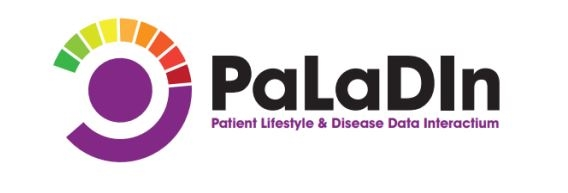
PaLaDIN aims to accelerate the development of effective treatments and to establish best-practice diagnosis and care for neuromuscular disease patients. PaLaDIn will develop and operate a collaborative, inclusive system that collects patient-reported outcome and experience measures, and aligns these with clinical data.

KIK Staff: Nirupama Benis, Ronald Cornet, Martijn Kersloot, Lilli Schuckert
Prediction2Action
This project will analyze the potential risks associated with the use of prediction models for decision support, develop metrics that actually track what we want, and use these theoretical tools to review the prediction models currently used at Amsterdam UMC.

KIK Staff: Giovanni Cinà, Otto Nyberg, Ameen Abu-Hanna
SES and ICU outcomes
Generally, a lower socioeconomic status (SES) is associated with more adverse healthcare outcomes. This nationwide observational cohort study will investigate SES in the total Dutch ICU population and across regions, the association between SES and (hospital/long-term) mortality, and its effect on individual estimated mortality risks.
